
The bush babies’ hands and feet are made for walking and climbing. Like many primates, this Aegean creature has opposable thumbs. It improves its grip on branches by urinating on its feet. Its hands are all about grip.
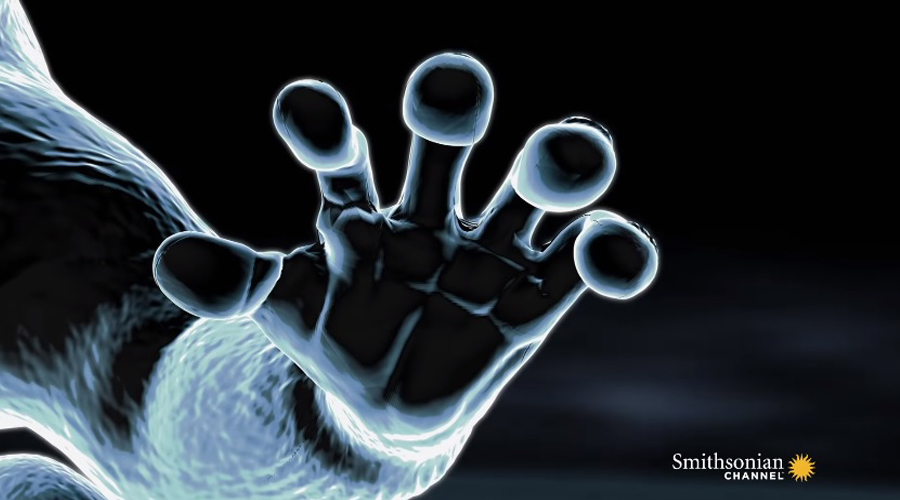
The long slender fingers and toes have flat disks of thickened skin to aid in traction. A shorter index finger helps with the grip around bigger branches.
Its large eyes give it the equivalent of night vision and the big bat-like ears can pick up the flutter of insect wings.
The odd finger out is the toilet claw used for grooming and cleaning its ears.
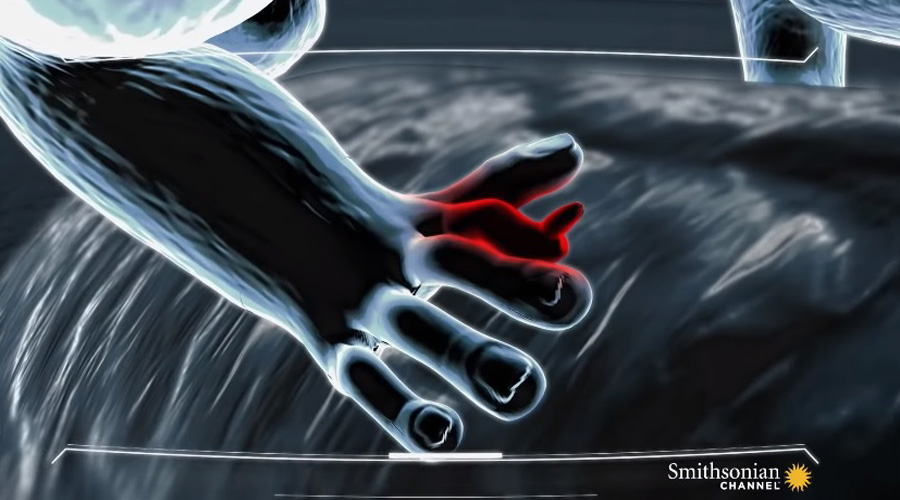
BUILT FOR THE KILL
A rat is a good climber, but compared to a bushbaby, it comes in below average.
One remarkable feature of a bush baby is that it can jump up to 2.25 m (7 ft.), which is 12 times its body length! This agile creature accomplishes this feat with the help of extremely strong, stretchy tendons in its back legs. Its hind leg muscles are unusually long and make up 10 per cent of its body weight, twice as much as ours’ do.
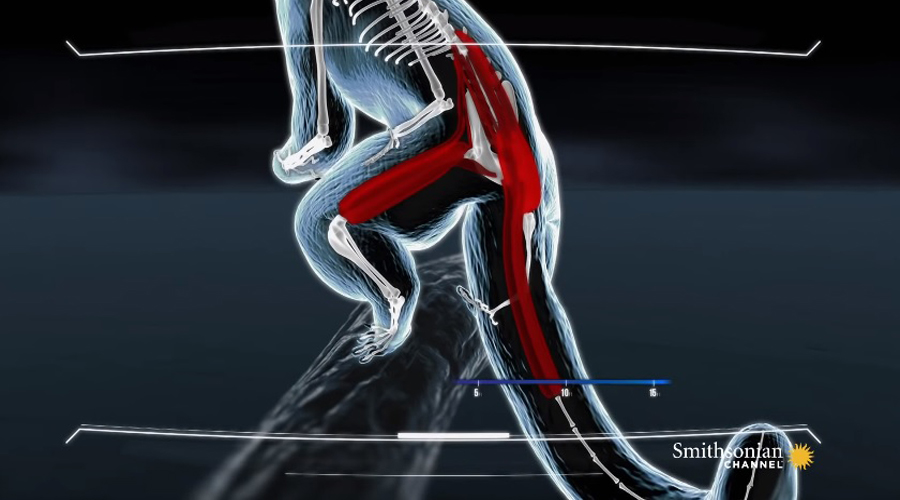
When a bushbaby prepares to leap, it uses muscles to stretch those tendons and store elastic energy in them. Then when the bush baby jumps, those tendons release their stored energy like catapults to help the animal spring forward.
The legs of the bushbaby allow it to jump twelve times its body length by storing energy in tendons.
The bush babies’ tail is longer than its entire head and body. It holds the animal secure before it begins its jump, then acts as a rudder, giving it control during flight. A bushbaby can jump more than 20 feet from one tree to another. Which is why a rat doesn't stand a chance against this primate.
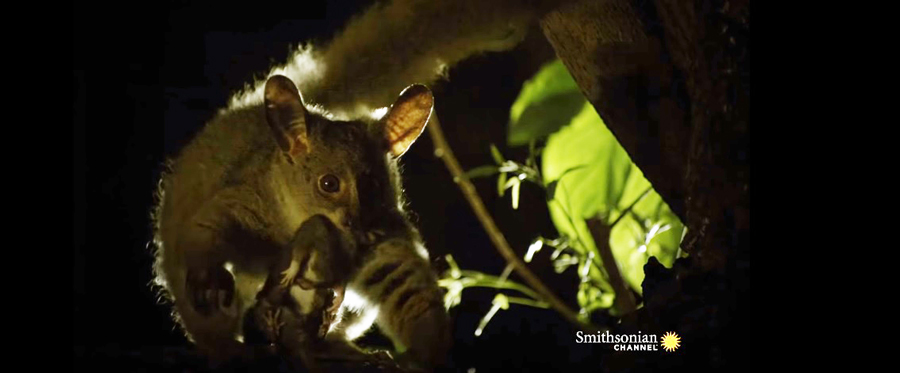
One last leap and it is game over for the rat.
Sources:


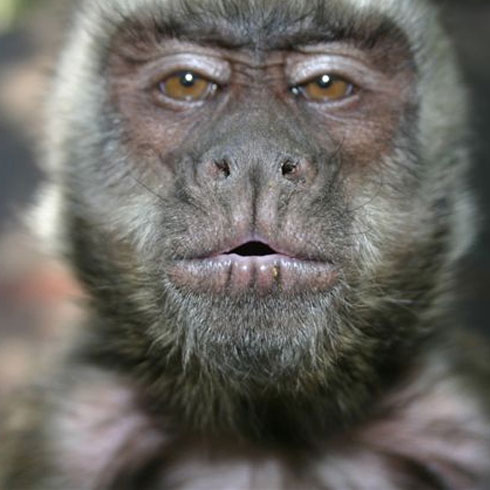 Conservation in Southern Africa is rapidly becoming unsustainable without the active involvement of the community, especially the younger, more active generation. The Bushbabies Monkey Sanctuary and The Elephant Sanctuary group strongly believe that we have to get the younger members of communities involved to instill a passion for the environment and wildlife in them through education.
Conservation in Southern Africa is rapidly becoming unsustainable without the active involvement of the community, especially the younger, more active generation. The Bushbabies Monkey Sanctuary and The Elephant Sanctuary group strongly believe that we have to get the younger members of communities involved to instill a passion for the environment and wildlife in them through education.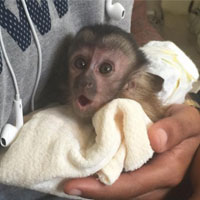 I'll introduce you to Joyce, for example. A young female capuchin, she was rather pampered with child-like paraphernalia; a dress and a small hat around her head. Cute, indeed. She had been with her "foster" family since only two months old, bought straight from a breeder. The couple who owned her did not have children, and so decided to substitute the missing link with a primate, albeit a bit smaller...and with sharper teeth.
I'll introduce you to Joyce, for example. A young female capuchin, she was rather pampered with child-like paraphernalia; a dress and a small hat around her head. Cute, indeed. She had been with her "foster" family since only two months old, bought straight from a breeder. The couple who owned her did not have children, and so decided to substitute the missing link with a primate, albeit a bit smaller...and with sharper teeth.



